Andrew Peacock copped a lot of flak in his 28 years in politics: ‘All feathers and no meat’, said the Bulletin magazine in an article headed ‘The Hollow Man’; ‘A soufflé doesn’t rise twice’, quipped Paul Keating in 1989 on Peacock’s regaining of the Liberal leadership; ‘A suntan in search of substance’, was a parliamentary interjection; ‘It was never clear just what Peacock believed in and what he stood for – a weakness that offset the advantages of intelligence, charm, and apparent self-possession’, was the Errington/van Onselen conclusion about Peacock in their book on John Howard; ‘Narcissus with a sun-tan lamp’, was Bill Hayden’s contribution; ‘Peacock’s grasp on policy and commitment to policy reform were largely non-existent’, according to his (and John Howard’s) former press secretary John Wells, while his old adversary John Howard, in acknowledging their rivalry over so many years was real, both in personalities and policy matters, once said ‘I never thought Andrew had deeply held policy views on more important economic issues’. This was supported by the Australian’s Paul Kelly who, while acknowledging that ‘As a politician Peacock had appeal, style and presence and as a man he was engaging, generous and decent’, wrote last week that Peacock ‘never pursued politics with the remorseless drive of Fraser or Howard nor shared their tenacity on policy’.
The inevitable conclusion is that Peacock’s ambition to be prime minister was not supported by the heavy lifting required to achieve that goal. It adds substance to his admission on retiring from politics in 1994 that ‘I don’t even know if I really wanted to be prime minister’. And when asked what was the biggest disappointment in his life, it was his horse Leilani coming second in the Melbourne Cup rather than the Colt from Kooyong coming second in the prime ministerial stakes.
All this is a far cry from the Andrew Peacock of the eulogies after his recent death at 82 that focussed heavily on the positive aspects of Peacock’s considerable contribution to Australian political life. Prime Minister Morrison dubbed him ‘A great Australian and one of our greatest Liberals who helped shape Australia and the Liberal party over three decades’; Treasurer Josh Frydenberg (his successor in Kooyong) has him leaving ‘an indelible mark on Australian politics…. He pursued his politics as he pursued life – with vigour, with dignity and with the utmost decency, combining great elegance, style, and substance’.
But in the 28 years he was member for Menzies’ old seat of Kooyong, that ambition was strong enough not only to cope with the often savage assaults of political enemies (on both sides of the parliament) but also to involve years of conflict firstly with Prime Minister Malcolm Fraser, ultimately involving a losing but nevertheless destabilising 1982 leadership ballot only a few months before the government’s defeat in early 1983, followed by non-stop leadership conflict with John Howard that helped keep the Coalition in opposition for 13 years.
As the Canberra Times noted in 1989,’Peacock’s whole career shows that whatever his other traits, unswerving loyalty to those above him is not high among them’.
I spent many of my 20 years as a politician trying, with varying levels of success, to support Howard’s leadership ambitions and to protect his back from a highly motivated group of Peacock supporters many of whom were less influenced by Peacock’s generally traditional set of Menzian principles (there is little evidence that Peacock became an effective policy ‘wet’ like many of his supporters) and were far more concerned with what they perceived to be the need to block Howard’s dangerous moves down the Thatcherite path of deregulation that threatened their Whiggish vision of a supportive interventionist state.
Whimsically, in view of subsequent events, it was Andrew Peacock who launched John Howard’s federal parliamentary career by officially opening Howard’s first election campaign for Bennelong in the Hunter’s Hill church hall in 1974.
Peacock’s better than expected election result in 1984, a little more than a year after the 1983 Hawke-slide gave Labor a handy majority (and cost my marginal seat of Macarthur after three terms) gave substance to Peacock’s supporters’ claims that, evidenced by his clear win in Australia’s first-ever leaders’ debate, his style was a significant electoral advantage, particularly in view of Hawke’s 75 per cent pre-election approval rating after Peacock’s disastrous unsubstantiated allegation that Hawke was ‘a little crook who associates with criminals and takes his orders from those who direct criminals’ – a hole out of which Peacock successfully dug himself. So instead of the expected larger margin, Labor suffered a 1.5 per cent two-party preferred swing with its majority in an expanded House reduced from 25 to 16 – and I was elected sixth out of seven NSW Senators.
So I had skin in the game when Peacock unsuccessfully sought to dump Howard as his deputy in 1985 resulting in Howard accidentally ending up as leader for four years when Peacock considered the party room’s refusal to support his requested replacement of Howard with John Moore as a vote of no-confidence. Then in May 1989 came the duplicitous ambush by the ‘gang of five’ (organised by NSW Premier Nick Greiner’s chief of staff Ian Kortlang without Greiner’s knowledge or approval) who boasted on television of how they had lied and cheated their way to success. And despite Peacock’s claim not to have known of the coup and having told the National Press Club just days earlier that there was no truth in ‘unfounded leadership challenge speculation’, the plotters revealed that they had advised Peacock a fortnight in advance. Peacock ‘reprimanded’ them for being ‘stupid’ while maintaining their responsible positions on the front bench but leaving Howard on the backbench. In that interregnum, Howard and I became even closer; the strong support of his political friends reinforced his conviction there was a meaningful role for him in politics. And that sooner or later he would be called to rescue a floundering Coalition.
There is little doubt that the Peacock coup meant that when Howard eventually did become leader and then Prime Minister in 1996, he was much better prepared, in both policy and people management terms for the top job than in 1989. His appointment of Peacock as Ambassador to the US represented not only a personal rapprochement between two long-time adversaries, but was to Australia’s advantage as Peacock’s unrivalled access to Washington’s elite enhanced our diplomatic status.
And after so many years of political infighting, my appointment to represent Australia in New York meant Peacock and I took the opportunity to bury the hatchet – and not in each other’s backs.
Got something to add? Join the discussion and comment below.
Get 10 issues for just $10
Subscribe to The Spectator Australia today for the next 10 magazine issues, plus full online access, for just $10.
You might disagree with half of it, but you’ll enjoy reading all of it. Try your first month for free, then just $2 a week for the remainder of your first year.

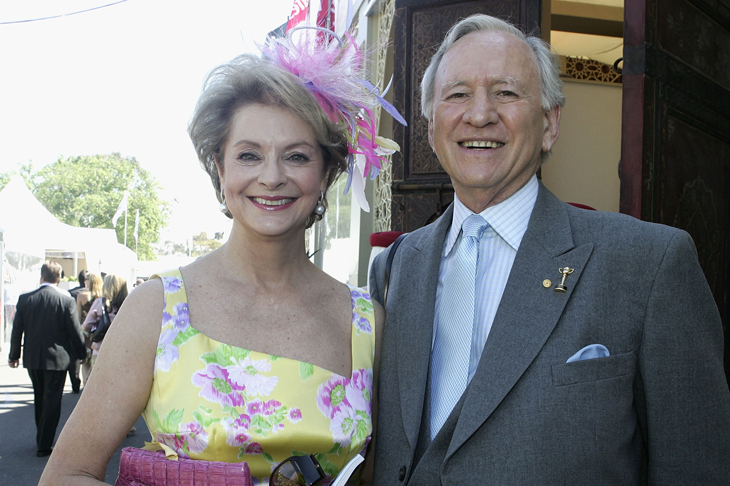

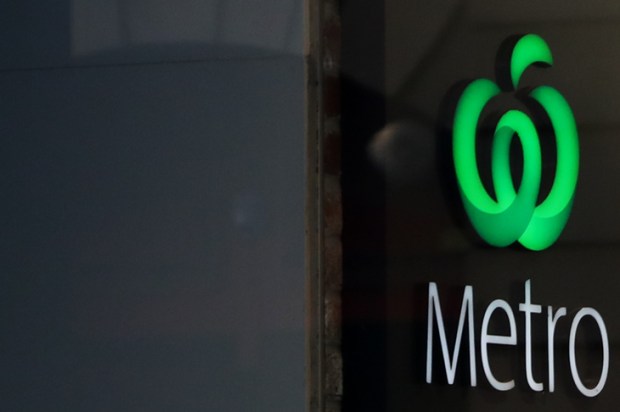
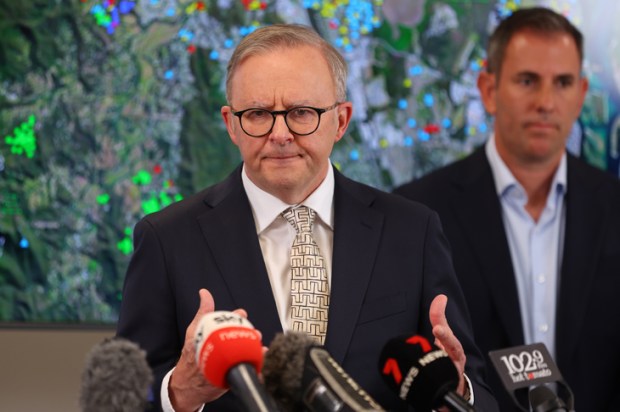
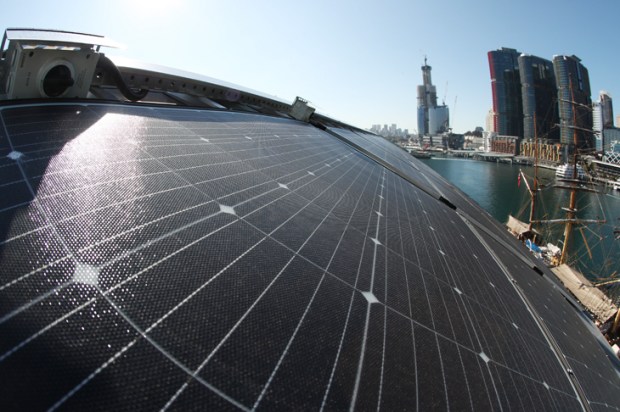
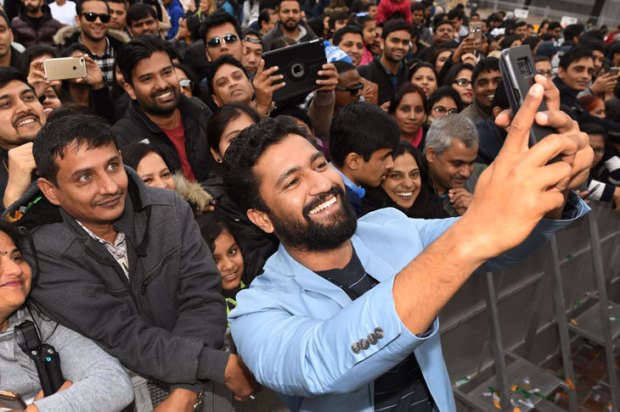
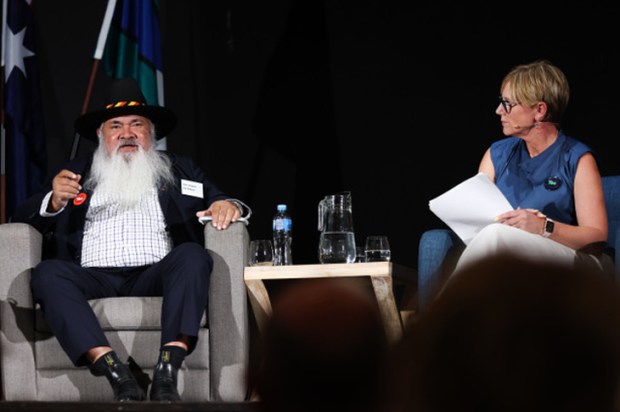






Comments
Don't miss out
Join the conversation with other Spectator Australia readers. Subscribe to leave a comment.
SUBSCRIBEAlready a subscriber? Log in